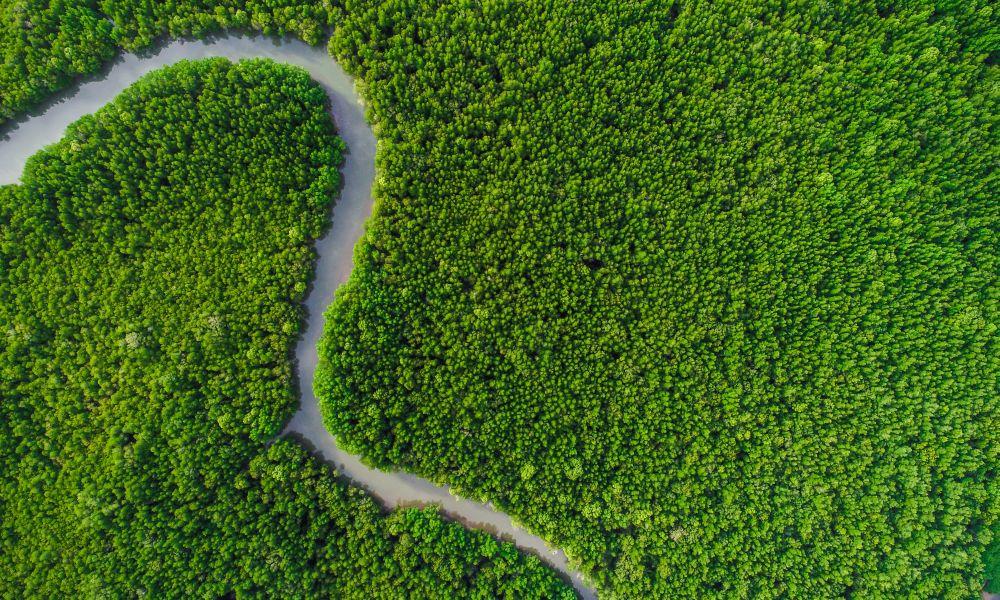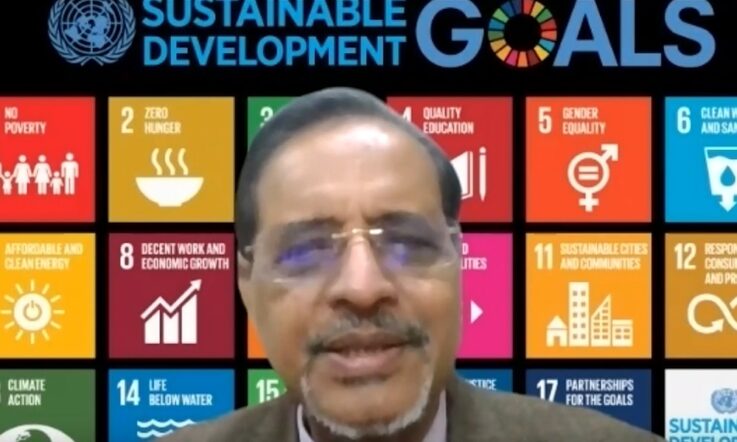Climate education in schools is of paramount importance in fostering environmental consciousness and responsible citizenship.
By integrating climate education into the curriculum, students gain a profound understanding of the pressing issues surrounding climate change, its global implications, and the urgency for sustainable practices. This education extends beyond individual awareness to shape a collective world view that recognises the interconnectedness of nations and the shared responsibility to address environmental challenges.
Implementing diverse pedagogies ensures that students not only grasp scientific concepts but also develop critical thinking, problem-solving skills, and empathy, essential for navigating a rapidly changing world. Ultimately, climate education equips future generations with the knowledge and values necessary for promoting sustainability and influencing positive environmental outcomes on a global scale.
In the realm of education, a transformative approach to climate education emerges – one that transcends abstract discourse to ignite actionable change. This methodology I have developed has drawn on inspiration and information from McKinsey (2021) and RSA (2021). It has been experimented with students and educators alike and pivots from conventional climate discussions. Instead, it thrusts participants into the tangible consequences of climate change, vividly illustrating how it jeopardises livelihoods, prosperity, and entire economies.
Scenario building
In this innovative approach, students and educators delve into a scenario set in a lush forest area – a lifeline for a significant population relying on its resources for sustenance. The focus is on a mangrove forest, celebrated for its natural beauty and serving as a shield during tropical storms, a carbon sink, and a source of livelihood for surrounding communities engaged in activities like fish farming, timber harvesting, honey gathering, and traditional medicine crafting, also attracting tourists. This is a curiosity building phase.
Economic impact
The scenario unfolds as participants embark on a journey of economic reckoning. Calculations unveil the financial toll of losing each hectare of the forest. From the cost of building barriers against coastal erosion and the need for building air-purifying plants due to the economic blow dealt by a decline in tourism, students grapple with the escalating consequences of a shrinking forest. This hands-on experience prompts a deeper understanding of the interplay between environmental health and economic stability. The students were prompted to calculate the cost of replenishing losses accruing as a result of deforestation. While they came out with various estimates, a research finding was presented to them to compare their estimates (see Table 1).

Beyond finances
However, the impact goes beyond mere dollars and cents. The discussion delves into the immeasurable losses – the absence of air-purifying trees, the silence of vital ecosystems, and the extinction of precious wildlife and medicinal plants. This prompts a reflective pause, compelling students to confront the true magnitude of their ecological footprint. The scenario becomes a catalyst for a holistic understanding of the interconnectedness of nature and human wellbeing. Discussions are summarised in the table below.

The crucial moment
The climax of this alternative pedagogy arrives with a pivotal question: What can be done to avert this impending catastrophe? The classroom transforms into a hub of ideas and solutions. Students and teachers brainstorm actionable steps, from advocating sustainability to championing water conservation, recycling, minimising plastic waste, composting and raising awareness about our collective responsibility to protect our shared home – Earth. This dynamic engagement propels education beyond theory, moulding informed advocates for a sustainable future and reimagining education centred in the nature we all spring from.
Teaching climate change through an alternate pedagogy not only equips students with scientific knowledge but empowers them to become agents of change. By immersing them in tangible scenarios and fostering critical thinking, this approach cultivates a deep sense of responsibility and a commitment to sustainable practices. As we navigate the challenges of a changing climate, education becomes a powerful tool for inspiring the next generation of informed and proactive environmental stewards.
Ashok Pandey is a former principal and National Coordinator (Education), Climate Reality Project, India.
References
McKinsey (2021, April 29). McKinsey for Kids: A tiger’s tale about what nature is really worth. https://www.mckinsey.com/featured-insights/mckinsey-for-kids/a-tigers-tale-about-what-nature-is-really-worth
RSA (2021, Nov 04). What does regenerative thinking mean?
https://www.thersa.org/comment/2021/11/what-does-regenerative-thinking-mean
How do you plan to teach climate education with your own students? With a colleague, of group of colleagues, think about the possible real-world scenarios you could include in your own lessons. What resources and information will you need?



